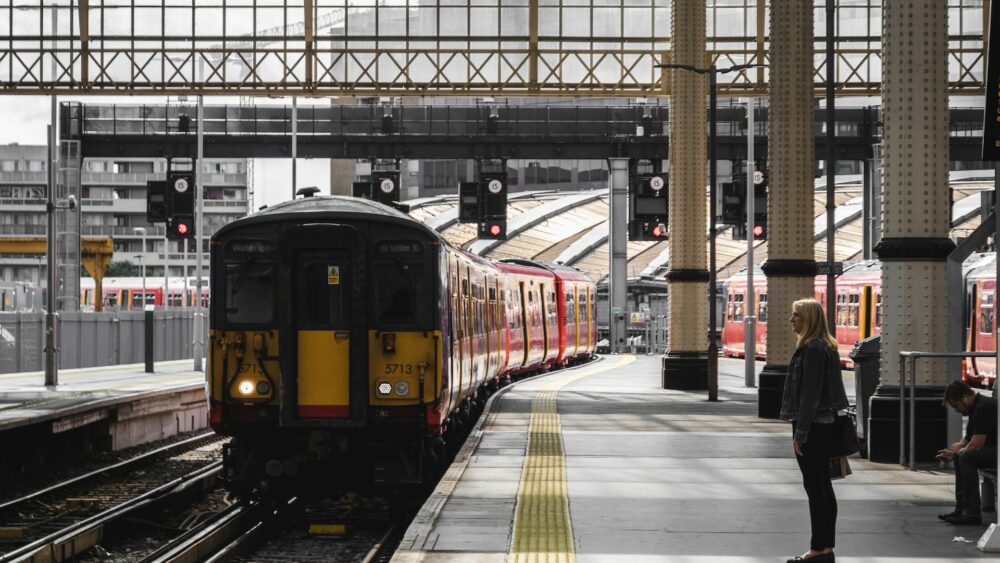By: Railway practitioners James Holley (Traxtion CEO) and Roelf C Alberts (Gear Rail SA CEO)
On rail lines across the world, a 270-year-old system is being replaced by a simple piece of modern technology – and it is making trains safer, more efficient and cost-effective. This technology is called in-cab signalling and has been successfully deployed in Europe, Asia, some parts of Africa and the USA.
Instead of relying on trackside signals and a paper-based system, in-cab signalling works by constantly supervising the speed and controlling the limits of movement of trains through an on-train computer.
It is also not that complicated a technology to implement. In fact, it’s similar to a simple cell phone chip, one of the most basic systems there is. And it is crucial that it be embraced by rail authorities across the continent.
In-cab signalling, which can be deployed across regional, urban, suburban, and high-volume freight corridors, offers enhanced safety and operational efficiencies by providing the train driver with track authority onboard the locomotive. A major benefit is automatic brake enforcement to prevent movement authority breaches and speed violations.
The onboard systems continuously monitor performance and ensure that train drivers adhere to speed profiles and authorities. In-cab signalling tools can also be integrated seamlessly with train planning and optimisation tools to ensure that train controllers can dynamically plan and react to schedule requirements to meet business goals.
Perhaps the greatest benefit of in-cab signalling is that it allows for the continuous movement of trains without stopping at each station and intersection. Trains receive authorities dynamically and schedule trains to the next passing loop without waiting hours for opposing trains when they are delayed.
For operators like Traxtion, this solution allows our trains to run closer together which significantly reduces transit times, and also improves safety which reduces risks. The reduction of transit times is fundamental to delivering cost effective rail solutions to customers.
Traxtion is a JV partner in Calabash, which operates as a third-party operator on the TAZARA line between Tanzania and Zambia and is busy motivating the introduction of in-cab signalling regionally. Traxtion believes that through the introduction of in-cab signalling, transit times would reduce by as much as 40%.
Using in-cab signalling also requires less traditional trackside signalling systems that are costly and susceptible to vandalism/theft in regional lines where security may not be as effective.
Research has already shown that the deployment of in-cab signalling has led to improved turnaround times by reducing the time required for train crews to receive and process track warrants. The onboard computer can provide real-time information to train crews about speed limits, track conditions, and other critical information to ensure safe and efficient train movements.
Ultimately, preventing derailments through in-cab signalling, proper maintenance and safety measures is crucial to minimising the potential costs associated with these incidents.
Reducing risks and the cost of accidents is a significant cost advantage for railways. The cost of a rail derailment can be significant, both in terms of financial losses and human casualties. The direct costs can include damage to the train, tracks, and surrounding infrastructure, as well as the cost of clean-up and any necessary repairs.


Comments are closed.